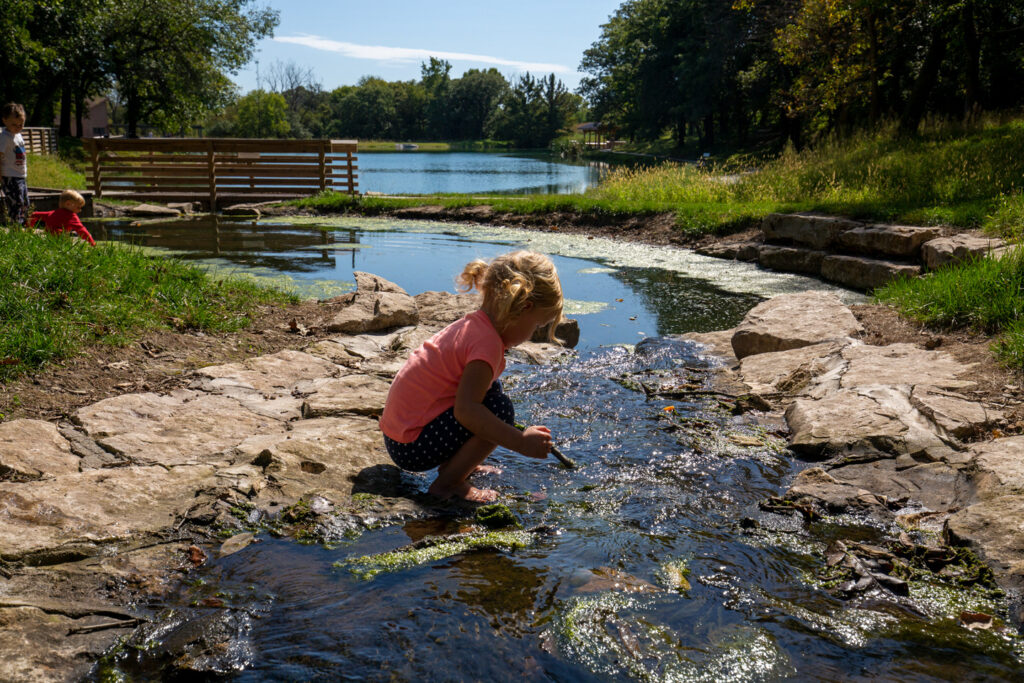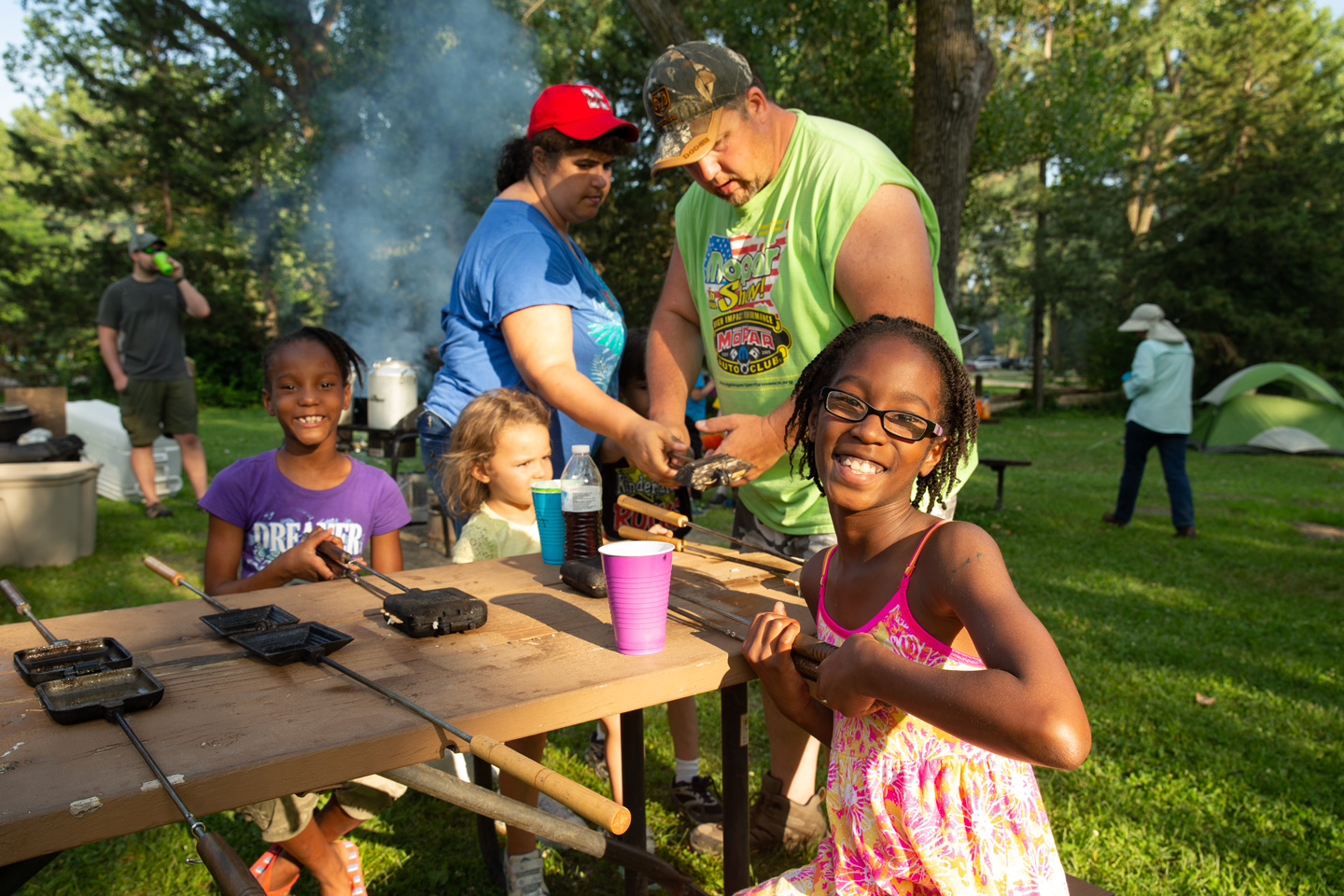Outdoor classrooms
Outdoor classrooms vary greatly in their look and location. Although most outdoor classrooms are located at schools, they can also be at nature centers, local parks, and daycare facilities. They can have natural play equipment such as climbing logs and stumps, sand digging areas and fort building stations. Or they can be focused on teaching lessons with weather stations, native plants and composting bins. Or, other outdoor classrooms focus on raising food with raised beds, vegetable gardens, and berry patches.
Learn why outdoor classrooms provide numerous health and educational benefits as well as how to develop an outdoor classroom and actually use it to meet educational objectives and standards.

Benefits of outdoor classrooms
Whether you are developing an outdoor classroom to serve more as a natural playground, science center or to teach farm-to-table lessons, your new space will provide numerous benefits for students of all ages.

Build an outdoor classroom
The initial thought of designing an outdoor classroom can be daunting. But, with a little time and though, the process is actually relatively simple and fun.
Outdoor Classroom Book Bags
With outdoor classrooms come amazing opportunities to engage children in learning of all subjects – science, math, social studies and reading. The simple act of reading outside can have profound impacts. While meeting learning objectives and state educational standards, you are also providing students an opportunity to render the physical and mental health benefits of spending time outside. A true win-win.
In our Outdoor Classroom Book Bags guide you will find a list of books that are grade specific. Each grade has at least 15 books that will help supplement their science curriculum while meeting language arts standards. Try putting together a bag for each grade level. Then teachers can grab the bag and head outside with their students. This is a perfect opportunity for group or silent reading time outside.
Meeting educational standards
All too often, schools spend precious time and dollars creating and installing outdoor classrooms just to have teachers apprehensive about actually using the outdoor classroom. The fact is that using an outdoor classroom to meet state education standards is a new concept for most teachers. The thought of developing an entirely new curriculum to engage children in nature and the outdoors while still teaching the same topics is daunting.
The Nebraska Project WILD program has developed a series of activities to help teachers make this transition, which are compiled in the downloadable guide, Using Nature to Meet Educational Standards. In this guide educators will find at least one science, math, social studies and language arts activity for each grade from pre-K through fifth. Feel free to download the guide and share with teachers at your school, parents, daycare providers or anyone dedicated to helping our children learn better by learning outside.
To learn more about effectively using an outdoor classroom, check-out the Using an Outdoor Classroom Effectively PowerPoint.



